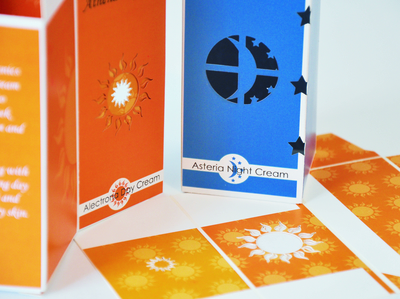LasX laser finished cartons
At the Smithers Pira conference on digital packaging in Atlanta, in June, attendees heard a range of informative presentations covering developments and insights into how digital packaging developments will shape future supply chains. By Sean Smyth.
‘Digital packaging is like a tsunami, ready to wash away the current packaging supply chains’, said Jeff Wettersten, Karstedt Partners, in his keynote. He explained that the current challenge lies in scaling up the digital benefits across the established supply chains. He felt that changes would come from outside the mainstream packaging, highlighting the role of contract packaging which is an $18 billion industry in the United States, but growing at 10% per annum. Some of the players there are looking at how to better serve their retail customers, with ideas of selling advertising space on some packaging, for example pizza boxes, to generate added value.
A similar theme was discussed by Volker Till, Till Engineering, which is bringing direct to bottle and pack inkjet printing to the mainstream market. An interesting observation was the wasted space on many water bottles, which are held in consumer’s hands for a long time. Adding messages and ads offers new ways of communicating with consumers, and digital packaging is the mechanism to make this real. This theme was taken up by several other speakers.
While the conference was on, Coca-Cola launched the ‘Share a Coke with . . .’ campaign in the US, which generated major news in Atlanta, Coke’s home city.
Rob Wallace from New York based design company, Wallace Church, explained that designers were using the capabilities of new production methods to develop campaigns for brands. His company came up with the concept of ‘Spelling Beer’, as a way of differentiating a craft beer. This uses digital printing to produce sleeves for beer cans, with different letters on each sleeve, to develop consumer engagement, so for instance a group of people in a bar would pool their bottles or cans to spell out words.
No burning
Dave Pung, VP of LaserSharp at LasX Industries, showed the company’s latest laser cutting systems, which can be used to both cut and score high quality cartons. He presented samples that showed very little sign of burning or marking. He talked about how digital is eliminating many of the costly and time consuming steps in printing, and how laser cutting is doing the same in finishing for labels and cartons.
LasX is developing cutting and creasing (actually a score) that can be integrated into a folder gluer to make a single pass system when used with a conveyor and robotic picker. Mr Pung claimed finishing quality could be enhanced as there are no nicks and there is a clean cut around the blank and any intricate designs. He showed an example where a Xerox iGen4 digital press was integrated into a finishing line, cutting out blanks automatically after printing. The laser cuts the reverse so any discolouration and burning is minimised.
Scoring depth and the number of lines can be varied to provide the right degree of springback for specific bend ratios for flaps and closures. The equipment will take the cutting pattern from the pre-press artwork as a layer in a vector file or PDF, with a barcode in the non-image area controlling the digital finishing. Camera registration (mounted on the reverse for a simplex design) ensures accuracy of cut and use of robotic pickers allows the system to be linked to a folder gluer for one-pass operation. Mr Pung said the cost advantage of the digital finishing is not just from eliminating die costs and cutting and creasing set up, but through overall efficiencies of the process, eliminating stages to provide much better response.
The STP1000-2 with a digital press allows a lot size of 1 to be economic, and die-cutting will drive the print, rather than the current status. The company is receiving much interest from carton converters and has several systems in place already with pharmaceutical packaging using the system to help late stage customisation.






